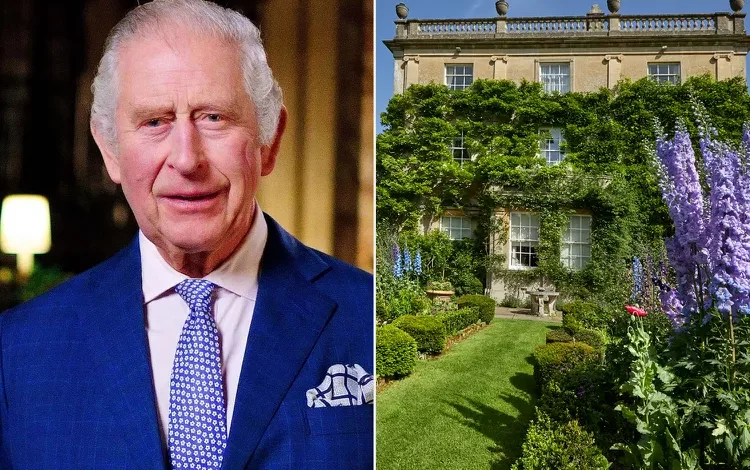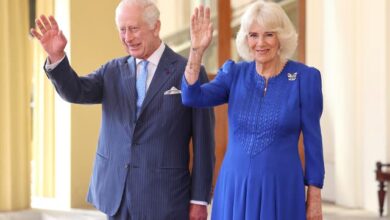Inside King Charles’ Highgrove House Gardens: A ‘Deeply Private Space’ That Opens Its Gates So Others ‘Get Inspiration’

In a corner of rural Gloucestershire, England — around 11 miles west of London — lies a home fit for a king.
Highgrove House, near the village of Tetbury, is a place of calm, color and quiet industriousness — something of a mirror of the philosophies of King Charles, 75, who acquired the home in 1980 when he was Prince of Wales.
When he did, it was a blank space for the artistic gardener to indulge his ideas. Almost five decades on, it is a series of gardens, reflecting the royal, his life and his tastes.
Increasingly, it is a place for education too, with a tie-up between his King’s Foundation and couture house Chanel behind a unique embroidery qualification. Playing a key role in King Charles’ desire to preserve heritage skills, the Metier d’Arts Fellowship sits alongside a furniture school named for Charles’ cousin Lord Snowdon that’s also taught on the estate. The school recently saw six students graduate after a 24-week course in intricate skills needed for the industry, and they used Charles’ unique gardens for inspiration for their artwork.
On a recent summer walk through some of the 15 acres at Highgrove, it is easy to see how they would get so many ideas.
King Charles Is Opening New Doors to Royal Palaces, Including Family’s Summer Retreat, to Public for First Time
The tour begins near the Shand gate, originally called the Indian Gate, named for Queen Camilla’s late brother Mark Shand. At the kitchen garden, an archway of apple trees is a centerpiece of a thriving space providing vegetables for the house. Meanwhile, eccentricities include the Wall of Gifts, stone pieces given to the King by stone mason students over the years, and a Stumpery that creates a rich environment for growing ferns.
The flowers in the wild meadow have almost died off now, but they were flourishing the meadow with color and pollen-heavy plants only a week or two earlier, feeding the beehive that sits close to one of the hedges. Then there’s the treehouse, a vine decorating its sides, that was built for his sons, Prince William and Prince Harry when they were 6 and 4.
Hidden from sight were the 16 different tours of around 20 visitors each making their way around the gardens. (Ingeniously worked out so that people on one tour don’t tend to bump into those from another. Sometimes, the guide says, they might catch sight of King Charles out dead-heading the roses or pruning shrubs.)



